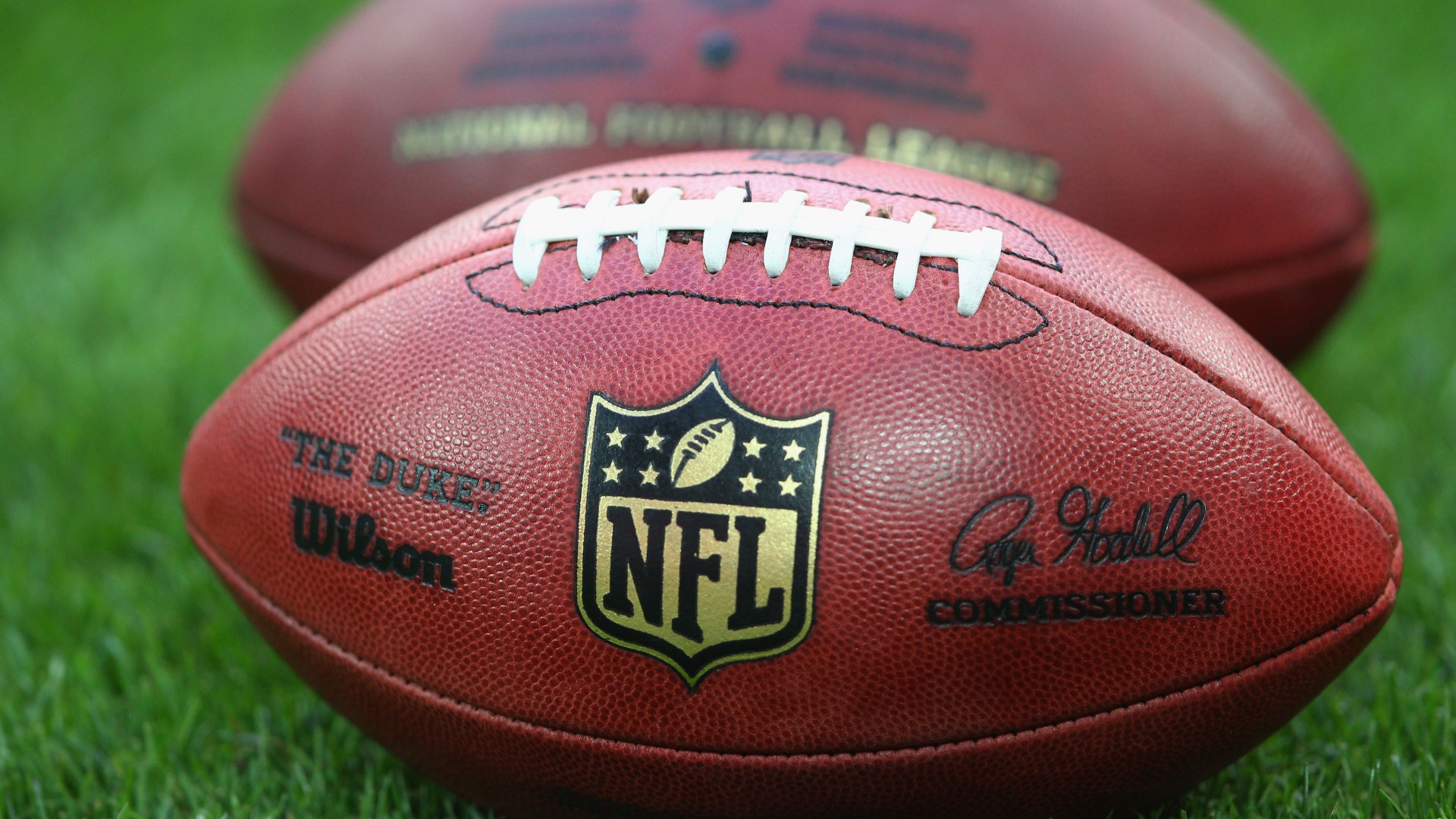
The Shifting Allegiances: How Footballers Have Redefined National Team Facts
In the fluid, ever-evolving landscape of international football, few phenomena challenge traditional notions of loyalty and identity as profoundly as a player’s decision to switch national allegiances. Once a rigid, almost immutable pact, the bond between a footballer and their national team has, over the past two decades, become increasingly malleable. Thanks to a series of landmark rule changes by FIFA, the governing body of world football, the very "facts" of national team representation have been rewritten, creating new opportunities, complex dilemmas, and a more globally interconnected game.
This transformation is not merely an administrative tweak; it reflects deeper societal shifts, including increased migration, dual citizenship, and the globalized nature of modern sport. It has empowered players, reshaped the competitiveness of nations, and added fascinating layers to the narratives of international tournaments. Understanding this evolution requires a journey through FIFA’s legislative history, an examination of the motivations behind these switches, and an analysis of their profound impact on the beautiful game.
A Shifting Allegiance: The Historical Context
For much of football’s history, the rule governing international representation was remarkably straightforward: once a player made a competitive senior appearance for a national team, they were permanently tied to that nation. There were no take-backs, no second chances, no changes of heart. This "once-capped, forever-capped" principle, enshrined in Article 18 of FIFA’s Regulations Governing the Application of the Statutes, meant that even a single minute played in a World Cup qualifier or a continental championship game irrevocably sealed a player’s international fate.
This rigid system, while seemingly promoting unwavering national loyalty, often led to unfortunate outcomes. Players with dual nationality, particularly those who had moved countries at a young age, sometimes made an early decision to represent one nation, only to find themselves surplus to requirements later. Their careers might flounder internationally, despite being eligible for another country where they might have had a more significant impact. Historical examples, like Alfredo Di Stéfano’s complex international career representing Argentina, Colombia, and Spain (though under different rules and contexts, highlighting the early complexities of allegiance), hinted at the need for flexibility, but the rules remained steadfast for decades.
FIFA’s Landmark Interventions: The Rule Changes That Rewrote the Book
The true paradigm shift began in the early 21st century, driven by a recognition of modern demographics and the growing number of players with multi-national backgrounds.
1. The 2004 Amendment: A Crack in the Foundation
The first significant crack in the "once-capped, forever-capped" wall appeared in 2004. FIFA amended its statutes to allow players to switch national associations if they had only played in friendly matches for their original country. Crucially, this amendment also introduced an age limit: the player had to be under 21 years old at the time of their first appearance for the original nation.
This change was a vital first step, acknowledging that youth players might make early, non-binding decisions or be "capped" in friendlies without a clear path to the senior team. It allowed players like Jermaine Jones, who had played for Germany’s U21 team and in a few senior friendlies, to later represent the United States, the country of his birth. It offered a lifeline to those who hadn’t fully committed but had been technically "capped."
2. The 2009 Amendment: Broadening the Scope
Building on the 2004 amendment, FIFA further relaxed the rules in 2009 by removing the age limit for players who had only represented their original country in friendly matches. This meant that any player, regardless of age, could switch allegiance provided they had not played in a competitive senior international fixture.
This change opened the door for more established professionals. For example, Thiago Motta, who had represented Brazil at U23 level and in a few senior friendlies, later became a key midfielder for Italy. Kevin-Prince Boateng, after playing for Germany’s youth teams and a single friendly for the senior side, switched to represent Ghana at the 2010 and 2014 World Cups, adding significant quality to the African nation. These cases highlighted a growing acceptance of players leveraging their dual heritage to find international opportunities.
3. The 2020/2021 Amendment: The Game Changer
The most significant and transformative changes came in September 2020 (with implementation starting early 2021). Spurred by cases like Munir El Haddadi, who had played just 13 minutes for Spain in a competitive Euro 2016 qualifier but was then ineligible to represent Morocco (the country of his parents’ birth) despite his desire to do so, FIFA’s Congress approved a radical overhaul.
The new rules dramatically expanded the criteria for switching allegiance:
- Maximum Appearances: A player can now switch if they have played a maximum of three competitive senior international matches for their first national team.
- Age Limit for First Cap: All those appearances must have occurred before the player turns 21.
- No Final Tournament Appearances: The player must not have appeared in a World Cup final tournament or a final tournament of a continental competition (e.g., Euros, Copa América, AFCON).
- Time Since Last Cap: At least three years must have passed since their last appearance for the original national team.
- Citizenship: The player must hold the citizenship of the country they wish to represent at the time of their first competitive appearance for that country.
This amendment was a game-changer. It acknowledged that a fleeting appearance as a teenager should not permanently bind a player if their career trajectory changes or if they feel a stronger connection to another eligible nation. It also explicitly aimed to benefit "smaller" nations, allowing them to tap into a wider pool of talent from their diaspora who might have been capped once or twice by footballing giants but never truly integrated.
The Motivations Behind the Switch
The reasons why a player might choose to switch national teams are multifaceted and often deeply personal:
- Sporting Opportunity: Perhaps the most common motivation. A player might be a star at club level but consistently overlooked by the national team of their birth, especially if they hail from a footballing powerhouse with immense talent depth. Switching to a nation where they have ancestral ties can offer a clear path to regular international football, a chance to play in major tournaments like the World Cup, and a more prominent role.
- Ancestral Ties and Heritage: For many, the decision is driven by a profound connection to their parents’ or grandparents’ homeland. Despite being born and raised in one country, a player might feel a strong cultural and emotional bond to another, viewing the opportunity to represent that nation as a source of immense pride and a way to honour their roots.
- A "Second Chance": The 2020 rule change specifically addresses players who made a single or very few appearances for a major nation early in their careers, perhaps as a substitute, and then found themselves effectively "stuck" when they didn’t break into the senior squad. This allows them a second chance at an international career with a nation that genuinely needs them.
- Professional Ambition: While less direct, playing international football can elevate a player’s profile, leading to better club contracts and more visibility. For some, choosing a nation where they can be a guaranteed starter and a key figure offers a more significant professional boost than being a peripheral squad member for a top-tier national team.
Impact on the Global Football Landscape
The ability for players to switch allegiances has had a profound and undeniable impact on the global football landscape:
- Empowering "Smaller" Nations: This is arguably the most significant benefit. Nations that traditionally struggled to compete at the highest level due to limited talent pools can now draw upon a vast diaspora of players who may have developed in the academies of European giants. Countries like Morocco, Algeria, Senegal, and Ghana have dramatically improved their competitiveness by integrating players who were born and raised in France, Belgium, the Netherlands, or England but hold ancestral ties. Achraf Hakimi (Spain to Morocco), Hakim Ziyech (Netherlands to Morocco), Riyad Mahrez (France to Algeria), and Iñaki Williams (Spain to Ghana) are just a few examples of players who have become pivotal for their "adopted" nations, elevating their standing on the world stage. Morocco’s historic run to the 2022 World Cup semi-finals was a testament to the strength derived from their diaspora players.
- Increased Competitiveness: The influx of talent into previously less competitive nations helps to narrow the gap between footballing giants and emerging forces. This creates more exciting and unpredictable qualification campaigns and tournaments, making the international game more engaging for fans worldwide.
- Challenges for "Larger" Nations: While top-tier nations like France, England, and Germany benefit from a massive talent pool, they also face the "drain" of players who, despite being developed in their systems, choose to represent other countries. This isn’t necessarily a negative, as these nations often have an abundance of talent, but it highlights the competitive nature of international recruitment. The cases of Wilfried Zaha (England to Ivory Coast) and Declan Rice and Jack Grealish (Ireland to England – a switch from a smaller to a larger nation, illustrating the reverse challenge) exemplify the constant flow of talent.
- The "Dual Identity" Narrative: The phenomenon has brought the complexities of dual identity to the forefront. Players often represent a blend of cultures, and their decisions spark debates among fans and media about loyalty, heritage, and what it truly means to represent a nation. This discourse, while sometimes heated, ultimately enriches the narrative of international football, reflecting the increasingly multicultural nature of modern societies.
Notable Cases and Their Significance
- Munir El Haddadi (Spain to Morocco): As mentioned, Munir’s case was the direct catalyst for the 2020 rule change. After playing just 13 competitive minutes for Spain as a 19-year-old, he was prevented from representing Morocco for years, despite his desire to do so. His situation highlighted the rigidity of the old rules and the need for greater flexibility.
- Wilfried Zaha (England to Ivory Coast): A star Premier League player, Zaha chose to represent the Ivory Coast after playing two non-competitive friendlies for England. His decision, made before the 2020 rule changes, was a powerful statement of personal connection to his birth country over a potentially limited role with England.
- Diego Costa (Brazil to Spain): One of the most controversial switches, Costa, born in Brazil, represented his home nation in two friendlies before opting to play for Spain, where he had lived and played club football for years. This was permissible under the pre-2020 rules (as he hadn’t played a competitive game for Brazil) but sparked outrage in Brazil, highlighting the emotional intensity surrounding these decisions.
- Ivan Rakitić (Switzerland to Croatia): Born and raised in Switzerland, Rakitić played for Swiss youth teams before choosing to represent Croatia, the country of his parents. He went on to become a crucial player for Croatia, reaching the World Cup final in 2018. This illustrates the long-standing impact of heritage choices.
- Iñaki Williams (Spain to Ghana): A prominent example under the new 2020 rules, Williams, born in Spain to Ghanaian parents, made a single friendly appearance for Spain in 2016. Years later, having never played a competitive game for Spain, he chose to represent Ghana, playing for them at the 2022 World Cup. This demonstrated the new rules’ intended effect of allowing players to activate their heritage options later in their careers.
Ethical Considerations and Ongoing Debates
While the rule changes have largely been welcomed for promoting fairness and inclusivity, they are not without ethical considerations and ongoing debates:
- "Loyalty vs. Opportunity": Critics sometimes argue that switching allegiances dilutes the concept of national loyalty, turning it into a pragmatic career choice rather than an intrinsic bond. Proponents counter that national identity in a globalized world is complex, and players should have the autonomy to choose where they feel they can contribute most or where their heart truly lies.
- "Sporting Integrity": Some worry that the constant flow of players could destabilize national teams or make their identities less distinct. However, the counter-argument is that it simply reflects the reality of modern migration and dual citizenship, and that a more competitive global game ultimately benefits everyone.
- The "Poaching" Argument: There’s a concern that richer, more powerful nations might "poach" talent developed by smaller nations. However, the 2020 rules, by allowing players to switch from a major nation to a smaller one even after some competitive caps, largely address this by empowering the less dominant footballing countries.
The Future of International Allegiance
The journey of footballers changing national teams is far from over. As global migration continues and dual citizenship becomes even more commonplace, it is likely that FIFA will continue to refine its regulations, balancing the ideals of national representation with the realities of player mobility and personal choice.
What is undeniable is that these rule changes have profoundly altered the "facts" of international football. They have moved the game away from a rigid, almost antiquated definition of national identity towards a more fluid, inclusive, and player-centric model. The result is a richer, more diverse, and undeniably more competitive global footballing landscape, where a player’s journey can be as dynamic and multifaceted as the modern world itself.



